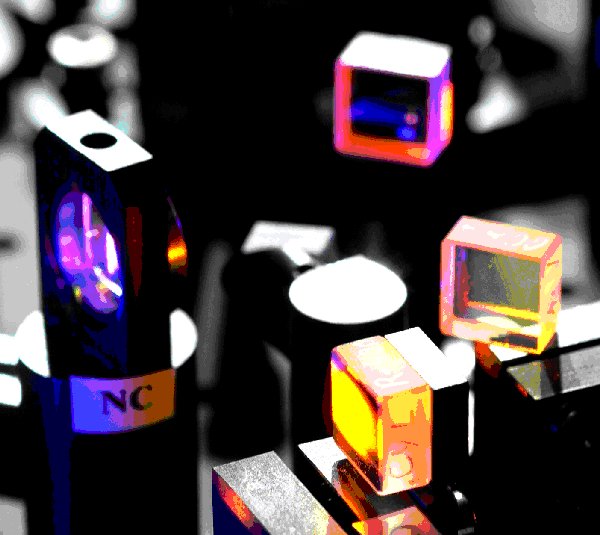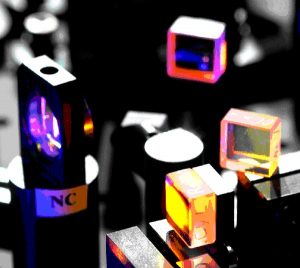J.M. Mestdagh
Service des Photons, Atomes et Molécules DRECAM/SPAM
The very new laser of the “Plateforme Laser Femtoseconde Accordable, PLFA” began to be installed last year within the Service of Photons Atoms and Molecules (SPAM). It belongs to the infrastructure SLIC, member of the European network LASERLAB-EUROPE and is thus accessible to European scientists. It was designed according to several bets: high repetition rate (1 Khz), strong pulse energy (up to 13mJ, at 800nm), broad accordability (500-750nm) and ultra-fast pulses (<35 fs = 35 10-15 s).
The requirement of a wide wavelength range, even difficult to realize, is necessary to allow decisive progress in physico-chemistry of fast reactions. The requirements in pulse duration were chosen to probe efficiently the dynamics of reactions.
Research in that field began within DRECAM at the beginning of the 90’s. They led to a revolution in physico-chemistry: the duration of the energy flow within organic or bio-organic molecules often scales within the sub-picosecond time range. This was at variance with the models usually used of redistribution of energy by coupling between electronic excitation and vibration.
The PLFA project is essential to offer a more complete approach: it allows at the same time energy studies, by adjusting the quantity of energy deposited in the system, selectivity by the accordability of the source and time studies at the femtosecond scale.

A recent work on the photo-dynamic of the radical t-butyl (C-(CH3)3) was undertaken on PLFA via a collaboration between the SPAM and the University of Würzburg (Germany) within the framework of European network LASERLAB. It produced a very first surprising result whose consequences remain to be evaluated. It is first observed that the characteristic time of energy redistribution depends on the quantity of energy deposited. This can be at first explained by considering that this energy makes the system more easily deformable authorizing faster energy redistribution. Contrary to all predictions, beyond deposition of some amount of energy, a qualitative change takes place and the redistribution becomes “very slow” (a few picoseconds compared with a hundred femtosecondes). This work has been recently published in J. Phys. Chem. A.
With this new laser platform, the laboratory gives at the disposal of the researchers the very essential tool to explore unknown facets of physico-chemistry.
Femtosecond Dynamics of the tert-Butyl Radical, t-C4H9,
B. Noller, R. Maksimenka, I. Fischer, M. Armone, B. Engels, C. Alcaraz, L. Poisson, and J.-M. Mestdagh
J. Phys. Chem. A, 111 (2007) 1771.



